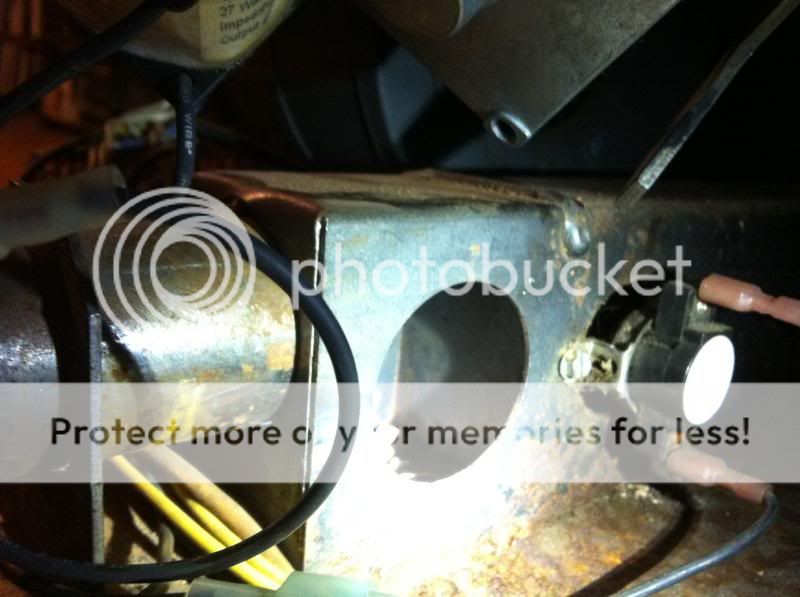Hi Guys,
I picked up a Whitfield insert stove a couple years ago and it's been working fine, (after a little repair). The problem I'm having seems to be the thing develops a little negative pressure in the house. I drilled a 2" hole in back of the fireplace last year and hooked up ducting to the connection in back - seemed to help a little, but not what I'd hoped. I noticed the back of the unit is open and don't see any small holes in the frame where a sheet metal cover might have been originally.
Is there suppose to be sheet metal covering the back of the unit? I don't see how the fan could make enough negative pressure to draw fresh air through the 2" pipe without something sealing up this area. The hearth shroud is vented and isn't really designed to seal air from traveling from the house to the fan, and right up the chimney.
I picked up a Whitfield insert stove a couple years ago and it's been working fine, (after a little repair). The problem I'm having seems to be the thing develops a little negative pressure in the house. I drilled a 2" hole in back of the fireplace last year and hooked up ducting to the connection in back - seemed to help a little, but not what I'd hoped. I noticed the back of the unit is open and don't see any small holes in the frame where a sheet metal cover might have been originally.
Is there suppose to be sheet metal covering the back of the unit? I don't see how the fan could make enough negative pressure to draw fresh air through the 2" pipe without something sealing up this area. The hearth shroud is vented and isn't really designed to seal air from traveling from the house to the fan, and right up the chimney.


